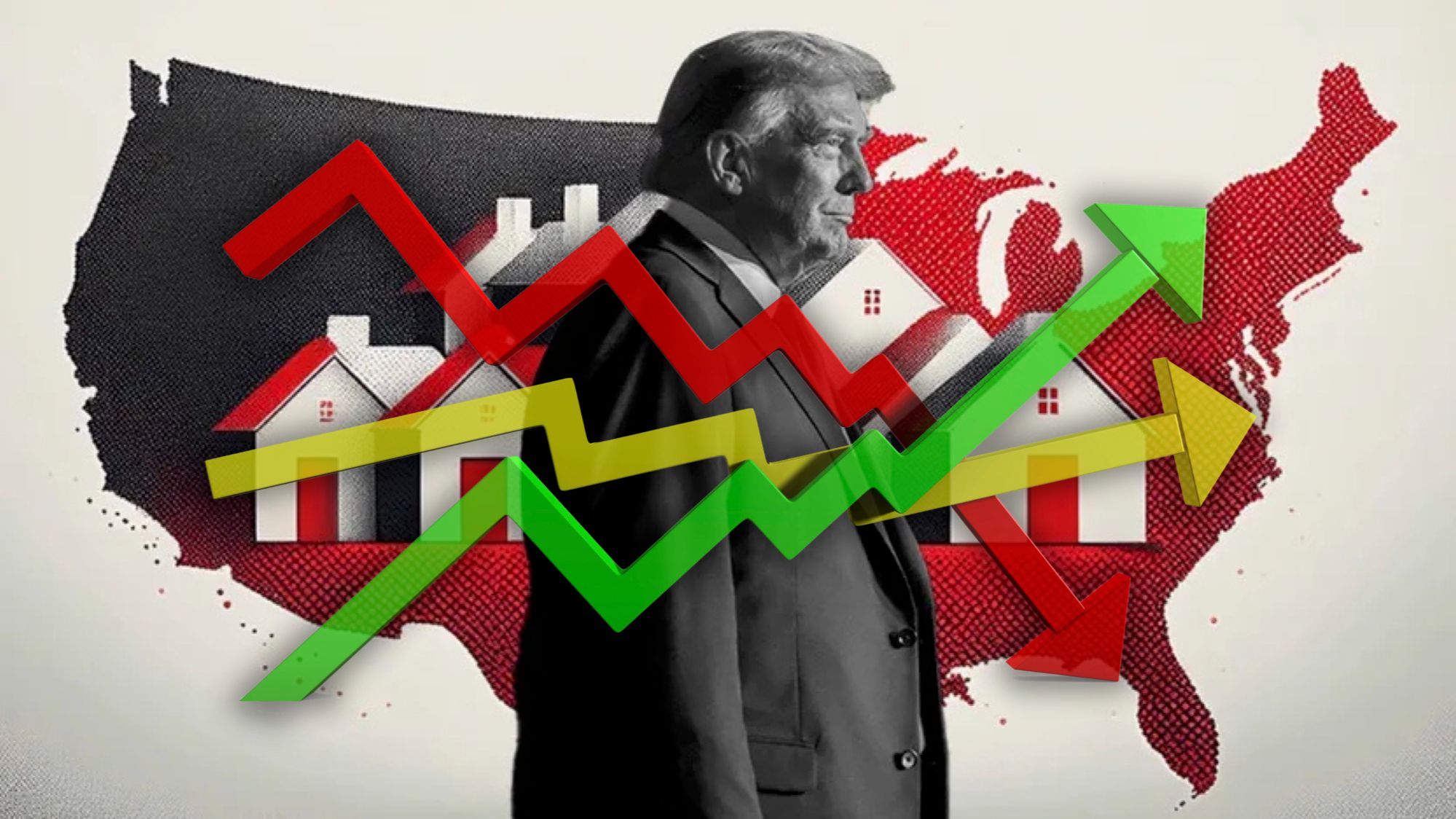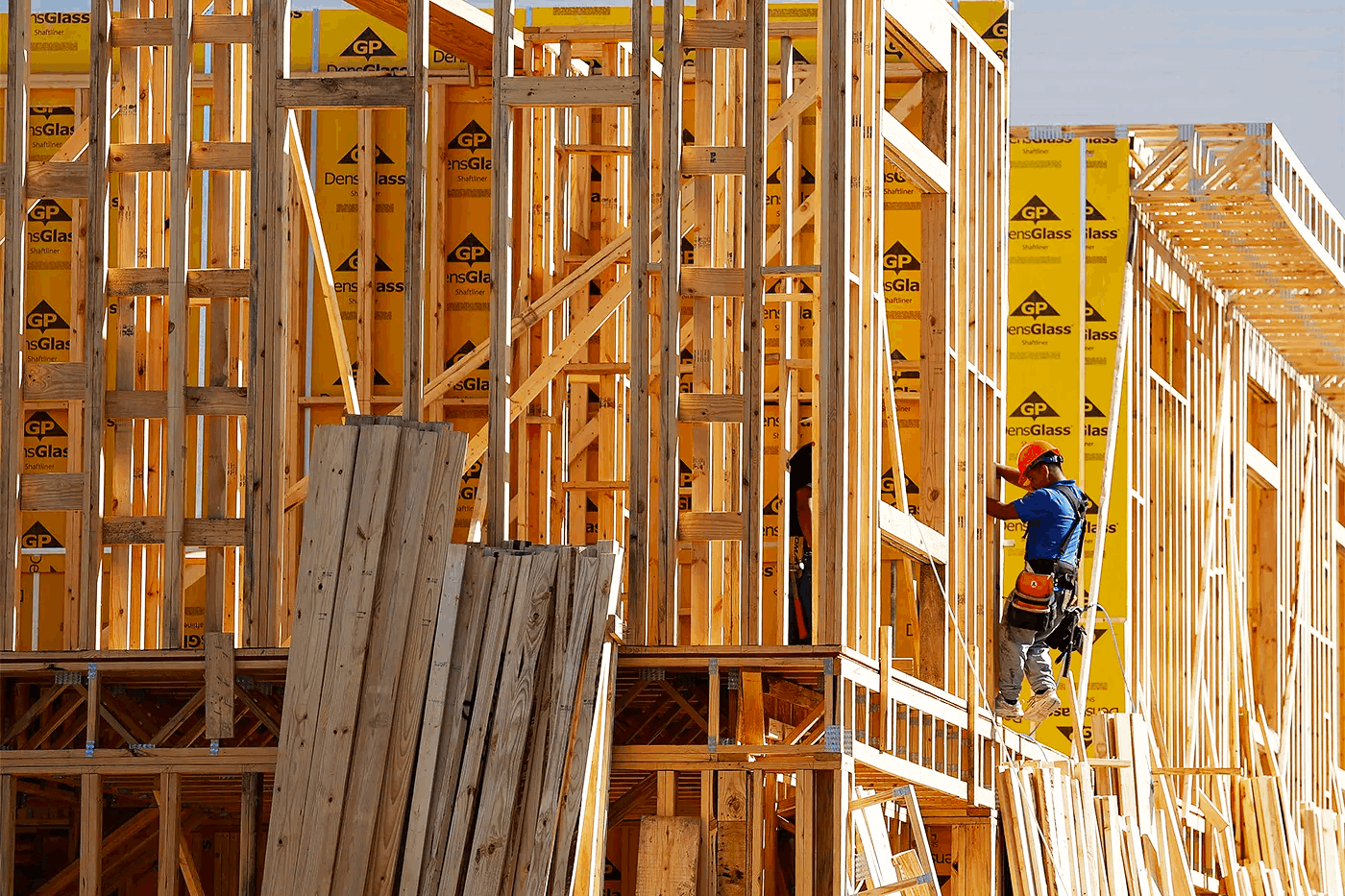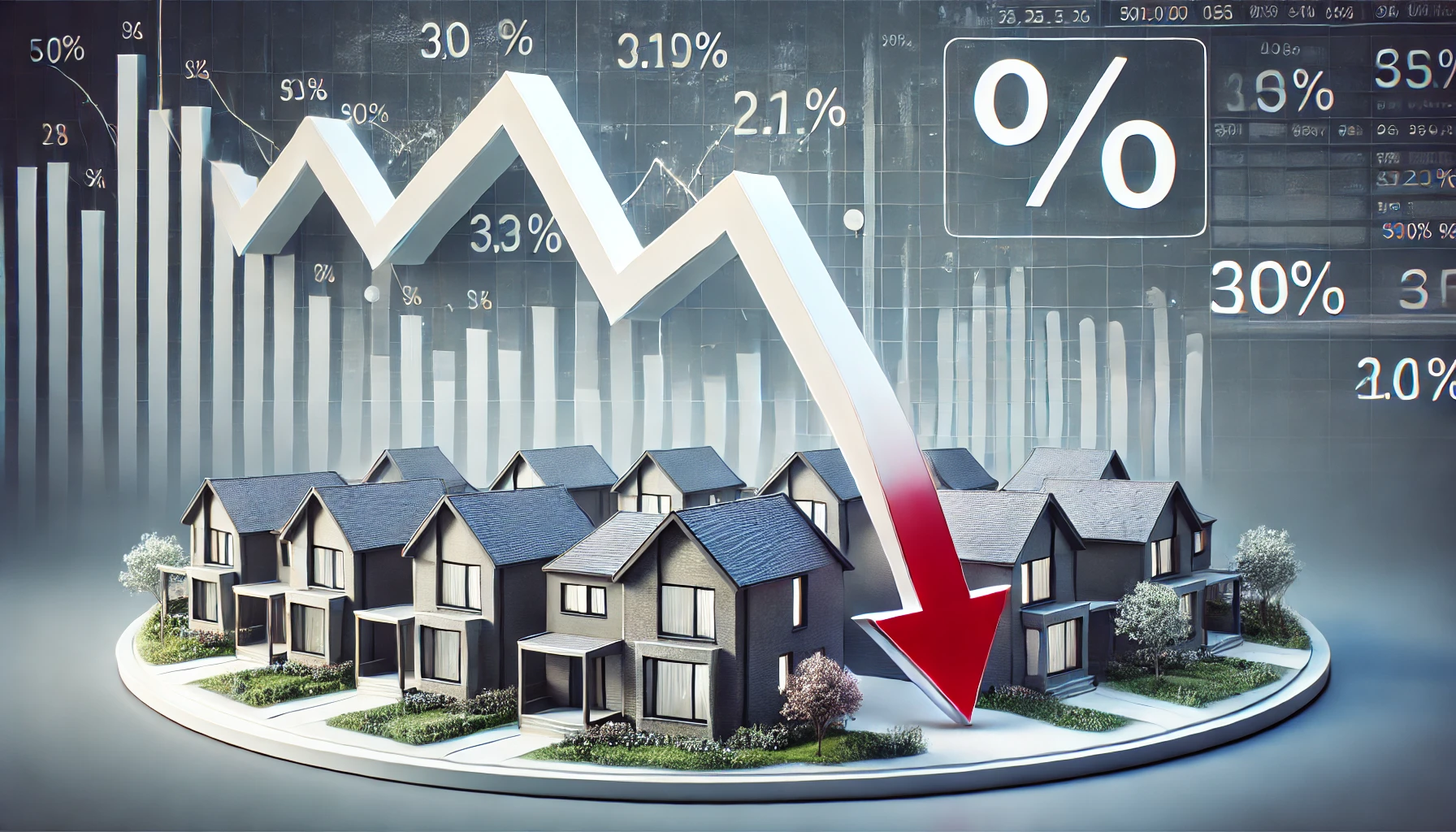Mortgage Predictions: How the New Administration Could Shape 2025 Rates
A new administration means big changes, and the mortgage market is no exception.
Forecasting mortgage rates is never easy, even under stable conditions. With heightened uncertainty in the financial world, rates are poised for more fluctuations, especially in the wake of the Jan. 20 presidential inauguration. Earlier this month, the average rate on a 30-year fixed mortgage climbed past 7% and remains elevated. Several key factors have contributed to this spike. Strong economic performance has dimmed hopes for Federal Reserve rate cuts, driving 10-year Treasury yields (a primary indicator of mortgage rates) higher. Additionally, the mortgage market has reacted to concerns that Donald Trump’s policies may lead to inflation and larger government deficits.
In the coming weeks, market movements will likely hinge on the new president's initial actions and rhetoric, according to Jacob Channel, senior economist at LendingTree. Policies related to trade or international relations could further influence rates. "Unless the administration adopts a more measured approach post-inauguration, volatility will likely persist," Channel noted.
The Federal Reserve will convene its first policy meeting of the year on Jan. 29. While no rate changes are anticipated, investors will be closely monitoring the Fed’s guidance for clues about potential shifts in monetary policy, which could ripple through to mortgage rates.
Mortgage Rate Trends in 2025
A substantial drop in mortgage rates appears unlikely before spring, according to Valerie Saunders, chief executive strategist at the National Association of Mortgage Brokers. Significant rate reductions typically follow major economic disruptions, such as a recession or an oil price shock. Keith Gumbinger, vice president at HSH.com, explained that major shifts usually result from unexpected events that reshape financial markets.
For now, experts anticipate mortgage rates will hover around 7% in the near term, aside from minor daily fluctuations. Should inflation continue to decline and the Federal Reserve proceed with two 0.25% rate cuts this year, mortgage rates could edge closer to 6.25%. Federal Reserve Governor Christopher Waller has expressed optimism about inflation easing, which may allow for additional rate reductions in the first half of 2025.
While the Federal Reserve’s policies influence borrowing costs broadly, mortgage rates are often shaped by market expectations. Anticipation of future Fed decisions can lead to changes in bond yields, which directly impact mortgage rates. Kara Ng, senior economist at Zillow, noted, "Because bond yields are driven by expectations, any shift in the narrative can lead to rate adjustments."
2025 Housing Market Overview
The housing market remains challenging for many, shaped by high rates, limited inventory, and rising costs. Here's a snapshot of key issues impacting buyers and sellers alike:
🏠 Low Housing Inventory
A balanced market typically requires five to six months of available supply. Current levels are around half that, with Freddie Mac estimating a shortage of 3.7 million homes nationwide.
🏠 Elevated Mortgage Rates
Mortgage rates, once as low as 3% in early 2022, have more than doubled due to inflation and aggressive Federal Reserve rate hikes. Rates in 2025 remain high, limiting affordability for millions of potential buyers.
🏠 The Rate-Lock Effect
Many homeowners with sub-5% mortgages are hesitant to sell, unwilling to trade their low rates for today’s higher ones. This has significantly reduced the number of resale homes on the market.
🏠 High Home Prices
Even with constrained demand, home prices remain steep due to inventory shortages. The median U.S. home price was $429,963 as of November, a 5.4% annual increase, according to Redfin.
🏠 Persistent Inflation
Inflation continues to erode purchasing power while pushing mortgage rates higher. Lenders adjust rates upward in high-inflation environments to protect their margins.
Current Mortgage Rates
Here’s how rates are shaping up across different loan types:
- 30-Year Fixed: 7.318%
- 15-Year Fixed: 6.737%
- 10/6 ARM: 8.006%
- 30-Year FHA: 6.693%
- 30-Year VA: 6.620%
Conclusion: A Market in Flux
The road ahead for mortgage rates depends on various economic and political factors, including inflation trends, Federal Reserve actions, and market confidence in the new administration. While there’s hope for slight rate relief later in the year, buyers and sellers should prepare for a volatile market in 2025. For those navigating today’s high-rate environment, strategic planning and expert advice are more important than ever.
Recent Posts











